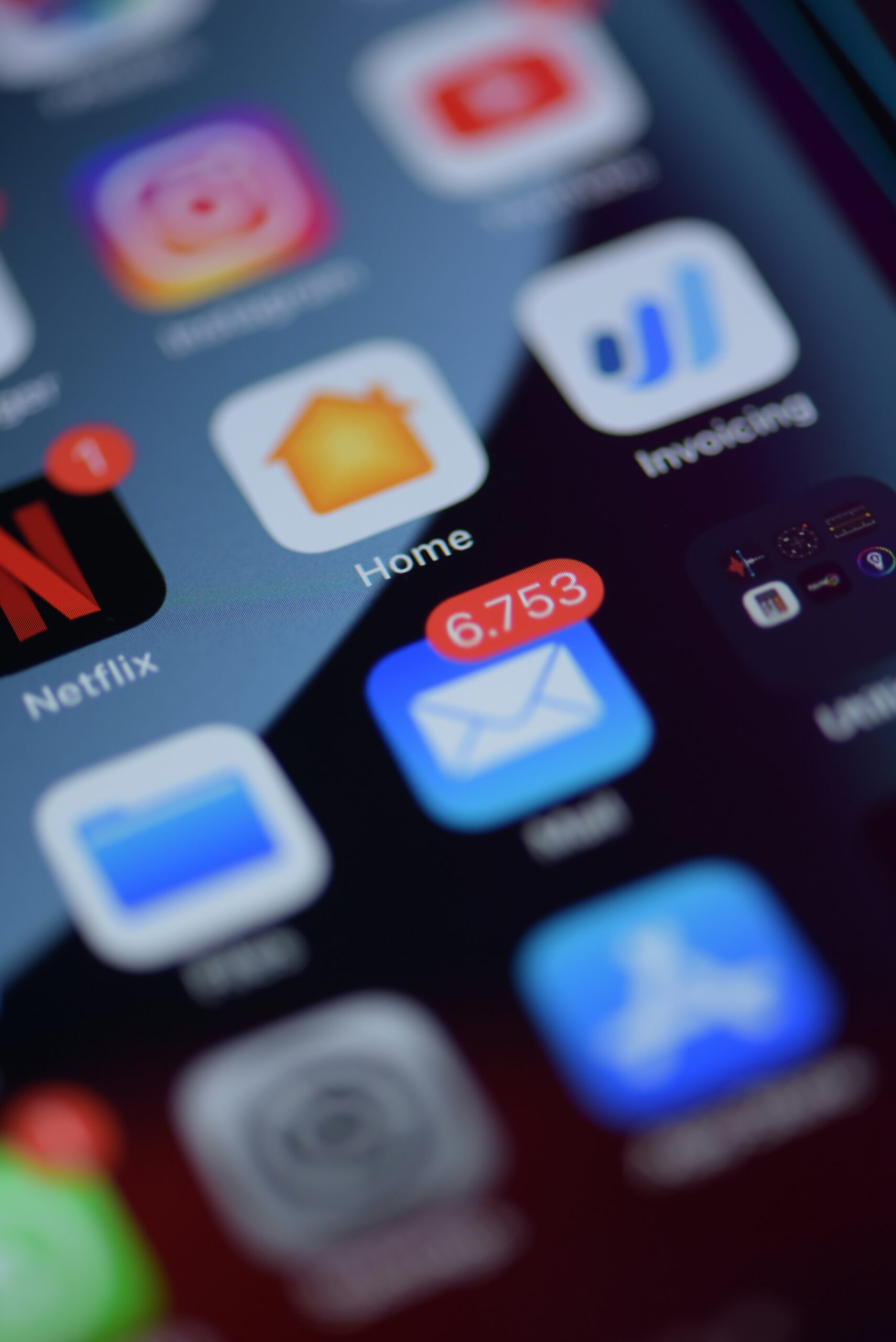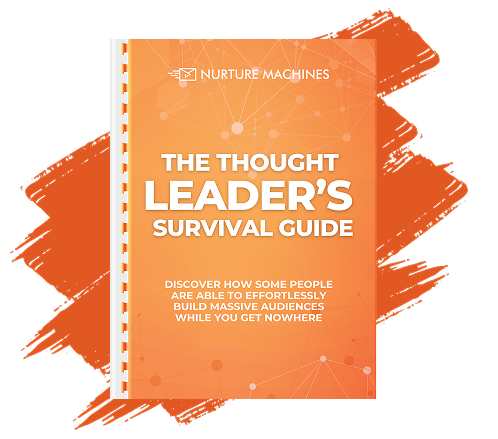Strong customer engagement is the foundation of long-term business success. By combining personalized messaging, smart automation, and data-backed insights, businesses can build deeper relationships that convert interest into loyalty. This guide explores proven engagement methods that align with Nurture Machines’ system to help service-based businesses thrive.
Key Takeaways
- Personalized messaging boosts retention by speaking directly to customer needs.
- Data insights guide timely, relevant communication across all touchpoints.
- Automated channels like email, SMS, and chatbots scale engagement efforts.
- Loyalty programs increase lifetime value through consistent rewards.
- Measuring key metrics ensures continuous refinement and better outcomes.
What Are the Most Effective Customer Engagement Methods?

Effective customer engagement begins with the seamless integration of personalized communications, systematic feedback collection, and well-structured loyalty programs. By addressing all three pillars, businesses can establish a strong foundation to build customer relationships that convert interactions into long-term loyalty. Combining direct outreach with meaningful incentives helps customers feel heard and appreciated, which supports ongoing brand interaction. Personalization tailors content delivery, while feedback channels offer direction for refinement. Loyalty strategies bring it all together by reinforcing each experience with purpose and reward. Together, these methods support sustainable growth and build a connected, returning customer base.
How Does Personalized Messaging Improve Customer Engagement?
Personalized messaging improves customer engagement by directly addressing the unique needs and preferences of individual customers. This communication strategy leads to higher interaction rates and builds stronger brand connections over time. Customized content—through targeted emails or social media—makes customers feel seen, boosting the likelihood of meaningful engagement. Segmenting audiences based on past actions allows brands to deliver timely offers and useful messages. This approach eliminates friction in the buyer journey and supports quicker decision-making. Integrated data platforms enable brands to shift messaging in real time based on user activity. As a result, every message becomes more timely, helpful, and conversion-focused.
Why Is Customer Feedback Essential for Engagement Success?
Customer feedback is essential because it reveals how customers perceive their experience at different touchpoints. Direct input from surveys or review forms helps businesses identify areas for refinement and develop smarter engagement strategies. Insights gathered can highlight friction points, like confusing navigation or unclear checkout processes. This feedback can then guide actionable adjustments to improve user satisfaction. Actively responding to input builds trust, as customers notice that their voices drive change. Social and on-platform feedback also provide opportunities to monitor evolving preferences. The loop of feedback and improvement ensures messaging stays aligned with user needs, increasing long-term satisfaction and retention.
How Do Loyalty Programs Drive Repeat Customer Interaction?
Loyalty programs drive repeat customer interaction by offering structured rewards that encourage continued engagement. When customers receive points, discounts, or perks for repeat purchases, they’re more likely to remain active with the brand. These systems also help customers feel appreciated, adding emotional value to each transaction. Creating layered benefits, such as tiers based on spending, motivates customers to stay invested. By analyzing engagement patterns, businesses can align rewards with customer behavior to increase relevance. Personalized offers within loyalty platforms boost program participation. Over time, these programs deepen brand relationships and turn occasional buyers into committed advocates.
How Can Businesses Use Data-Driven Insights to Enhance Customer Engagement?

Data-driven insights are essential for enhancing engagement by offering a clearer picture of customer behavior. These insights help businesses tailor interactions based on user activity across channels. By integrating data tools, companies can segment their audiences and adjust messaging more effectively. Trends revealed through metrics allow marketers to adapt quickly and prioritize high-performing strategies. Insights also guide content delivery, ensuring relevance at every touchpoint. Instead of relying on guesswork, data enables meaningful and timely engagement. As strategies evolve, data confirms what works best. Ultimately, analytics create more responsive, personalized customer experiences that support long-term loyalty.
What Key Metrics Should Be Tracked to Measure Engagement?
To track engagement, businesses should monitor key metrics like open rates, click-throughs, conversion rates, and bounce rates. These figures help evaluate how effectively content connects with the audience. For instance, a high open rate suggests strong subject line appeal, while a high bounce rate might indicate content misalignment. Social engagement levels such as likes, shares, and comments provide further context on what resonates. Net promoter feedback helps gauge overall customer satisfaction and loyalty. Tracking session duration and page interactions gives insight into user interest and content quality. A data dashboard centralizes these insights. Over time, consistent metric analysis reveals opportunities for strategic improvement.
How Do Analytics Help Personalize Customer Experiences at Scale?
Analytics help personalize experiences by identifying patterns in how customers interact with digital platforms. These patterns guide targeted content, like promotions based on browsing history or past purchases. Automation tools use this data to send timely, relevant messages without requiring manual input. Segmentation ensures each group receives content that speaks directly to their preferences or behaviors. Predictive modeling anticipates customer needs, allowing for proactive outreach before users request help. Real-time tracking adjusts content if user interest shifts. These efforts keep messaging fresh and aligned with customer expectations. Scaled personalization strengthens trust. Over time, it creates more consistent, engaging journeys across all touchpoints.
Which Channels Are Most Effective for Customer Engagement?

Choosing the right communication channels is vital to achieving high engagement. Each platform connects with users differently, so businesses must adapt their messaging accordingly. A multichannel strategy ensures the brand stays visible, responsive, and accessible. Automating content across SMS, email, and in-app tools improves delivery timing and consistency. Real-time tools offer immediate support, while emails help maintain long-term messaging. These channels complement each other when synchronized well. Optimized communication across platforms supports seamless brand experiences. Together, they reinforce messaging and keep users engaged across various touchpoints.
How Do Automated Emails and SMS Boost Engagement Rates?
Automated emails and SMS boost engagement by sending targeted messages at the right moment in the customer journey. These channels offer instant communication, keeping users informed and prompting timely actions. For example, a welcome email helps set expectations, while a follow-up SMS reminds users of a new offer. Trigger-based messages based on behavior improve relevance and reduce customer drop-off. Automation also scales messaging efforts as the customer base grows, ensuring no user is overlooked. Personalization engines feed into these systems, helping tailor each message. This balance of speed and customization leads to better interaction. Over time, these automated tools increase response rates and user retention.
What Advantages Do in-App Messaging and Chatbots Offer?
In-app messaging and chatbots create interactive, real-time communication that guides users during their journey. In-app messages can be triggered at specific points, offering help or highlighting offers when users need it most. Chatbots provide instant answers to frequently asked questions, helping reduce wait times and improve satisfaction. These tools maintain a consistent tone and speed of service, even as user demand fluctuates. Because they operate around the clock, they support global audiences with ease. Chatbots also collect data on user interactions, feeding insights into broader engagement strategies. Both tools improve response efficiency. When combined, they offer seamless support across multiple steps of the customer experience.
How Can Proactive Customer Support Improve Engagement and Retention?

Proactive customer support improves engagement by resolving issues before they become frustrations. This approach builds trust and reduces customer effort during key moments. By reaching out based on user behavior, businesses show attentiveness and reliability. Automated alerts, tailored help prompts, and timely check-ins keep users informed and confident. When customers feel supported without needing to ask, satisfaction increases. Proactive outreach also helps re-engage inactive users. It shifts support from reactive problem-solving to consistent relationship-building. This steady presence contributes directly to stronger retention and brand loyalty.
What Are the Benefits of Self-Service Portals and Knowledge Bases?
Self-service portals and knowledge bases empower users by offering accessible, on-demand support. These tools allow customers to troubleshoot issues independently, reducing the need for live interaction. They provide quick answers to common problems, improving satisfaction and reducing support costs. A well-organized portal enhances user confidence, helping people feel more in control of their experience. These systems are available 24/7, making them ideal for users in different time zones. The knowledge collected from repeated issues helps improve other parts of the business. Updates to these resources reflect evolving customer needs. As a result, support becomes smarter and more aligned with user expectations.
How Do Chatbots Enhance Real-Time Customer Assistance?
Chatbots enhance real-time assistance by providing instant responses during critical moments of user interaction. These tools manage routine questions and guide users through basic tasks without delay. By responding immediately, chatbots reduce frustration and keep users engaged with the platform. Their integration with data systems allows responses to be tailored to specific situations. If an issue becomes complex, chatbots can escalate it smoothly to a human team member. This creates a balanced support flow that prioritizes efficiency and empathy. Chatbots also gather valuable engagement insights. Over time, they improve both the quality and consistency of customer assistance experiences.
What Are the Best Practices to Implement and Manage Loyalty Programs?

Loyalty programs are most effective when they’re tailored to fit customer behavior and preferences. Segmenting participants by spending habits or activity levels helps create personalized incentives. A clear structure and consistent communication keep users informed and engaged. Regular updates based on user feedback ensure the program remains appealing and relevant. Tracking engagement data helps refine offers over time. An easy-to-navigate interface encourages ongoing participation. When loyalty programs align with customer journeys, they deepen emotional connection. These strategies turn occasional users into committed, long-term brand supporters.
How Do Tiered Rewards Encourage Long-Term Engagement?
Tiered rewards create motivation by offering increasing benefits as customers engage more deeply. Structured levels—like basic, mid, and premium—encourage continued interaction by unlocking new perks. These rewards can include free upgrades, early access, or exclusive experiences. Progress through the tiers provides a sense of achievement and recognition. Customers are more likely to remain loyal when they know their continued activity leads to better benefits. Clear tier criteria make it easy to understand what actions earn rewards. This system also allows brands to segment and customize based on customer activity. Over time, tiered programs build strong, repeat interactions across various customer types.
What Types of Incentives Motivate Customers to Stay Loyal?
Effective incentives range from immediate discounts to exclusive experiences that reflect customer interests. Financial perks such as cashback and limited-time offers provide quick value. Experiential benefits—like early access, surprise gifts, or priority support—create deeper emotional bonds. Tailored rewards, designed from behavior insights, show customers they’re understood and appreciated. A rotating mix of offers helps maintain interest over time. Incentives that align with personal preferences tend to yield higher engagement. Regular updates keep the program dynamic and encourage return visits. When rewards are meaningful and relevant, customers are more likely to stay connected. This personalized approach boosts both retention and satisfaction.
Frequently Asked Questions
What is customer engagement and why is it important for businesses?
Customer engagement is the ongoing interaction between a business and its audience, aimed at building trust and loyalty. With Nurture Machines, businesses automate this process using personalized funnels and behavior-based messaging to boost retention and long-term revenue.
How can personalized messaging enhance customer retention?
Tailored messages show customers they’re understood, increasing satisfaction and loyalty. Nurture Machines uses segmentation and real-time behavior tracking to send relevant, timely content that keeps customers engaged and coming back.
Which metrics are most critical for evaluating customer engagement success?
Key metrics include open rates, click-throughs, conversions, and lead qualification. Nurture Machines tracks these to refine campaigns, ensuring every interaction moves prospects closer to conversion and boosts engagement performance.
What role do chatbots play in modern customer engagement?
Chatbots offer instant, 24/7 support that guides users, answers questions, and collects data. Nurture Machines integrates chatbots to automate lead handling and maintain high engagement without manual input.
How do loyalty programs contribute to increasing customer lifetime value?
Loyalty programs reward repeat behavior, building lasting connections. Nurture Machines automates rewards based on customer actions, driving repeat interactions and improving lifetime value through personalized incentives.
Conclusion
Effective engagement isn’t about doing more—it’s about doing it smarter. With the right tools and strategies, businesses can automate meaningful interactions, strengthen loyalty, and drive consistent growth. Nurture Machines empowers companies to implement scalable, personalized systems that turn leads into loyal clients.







